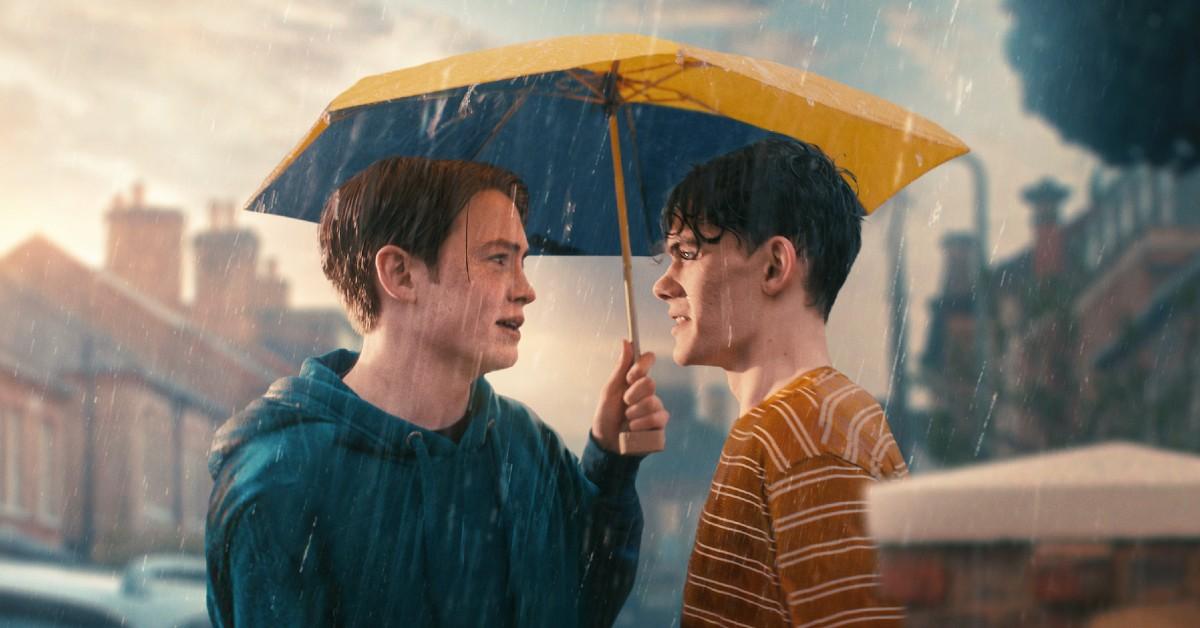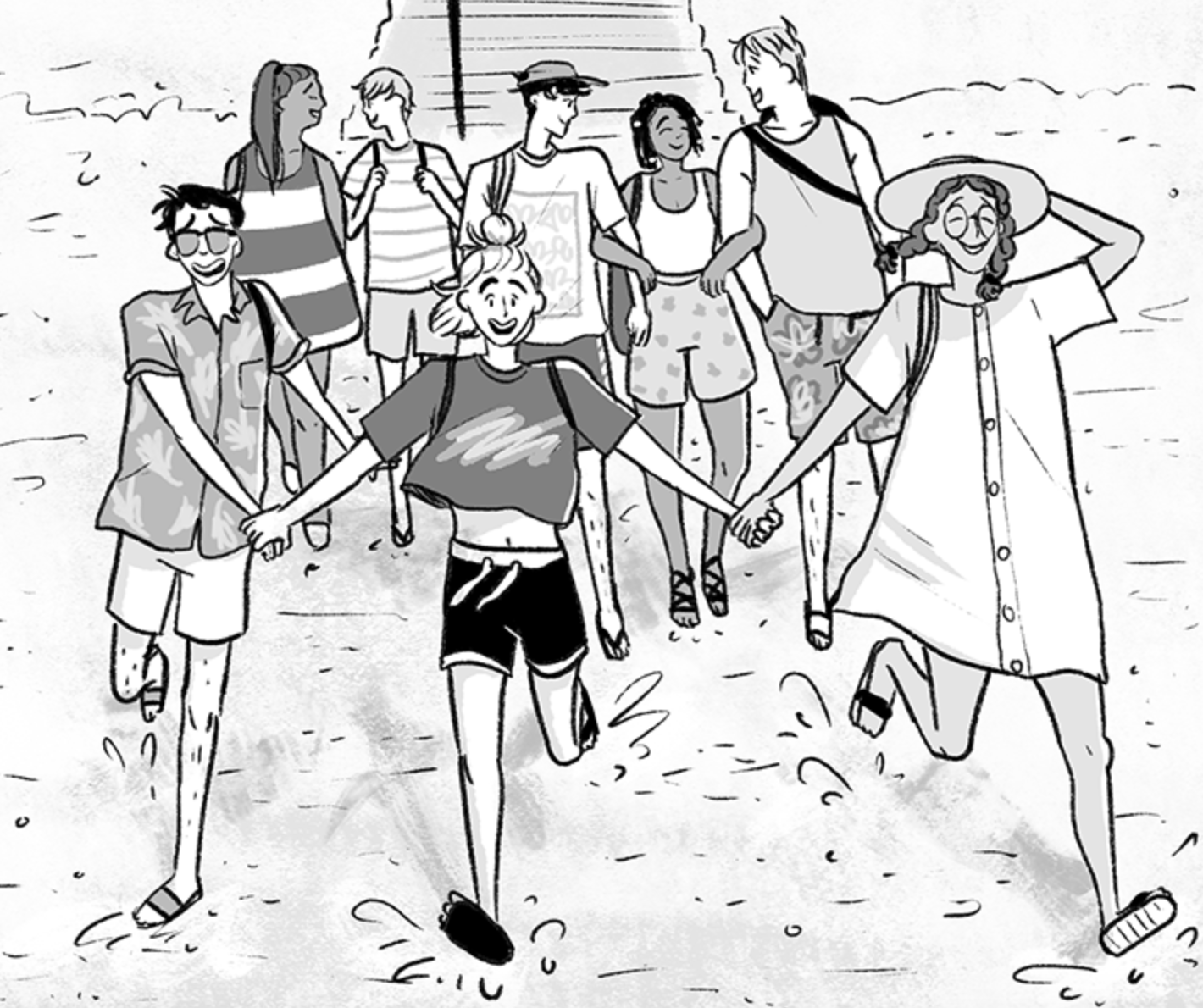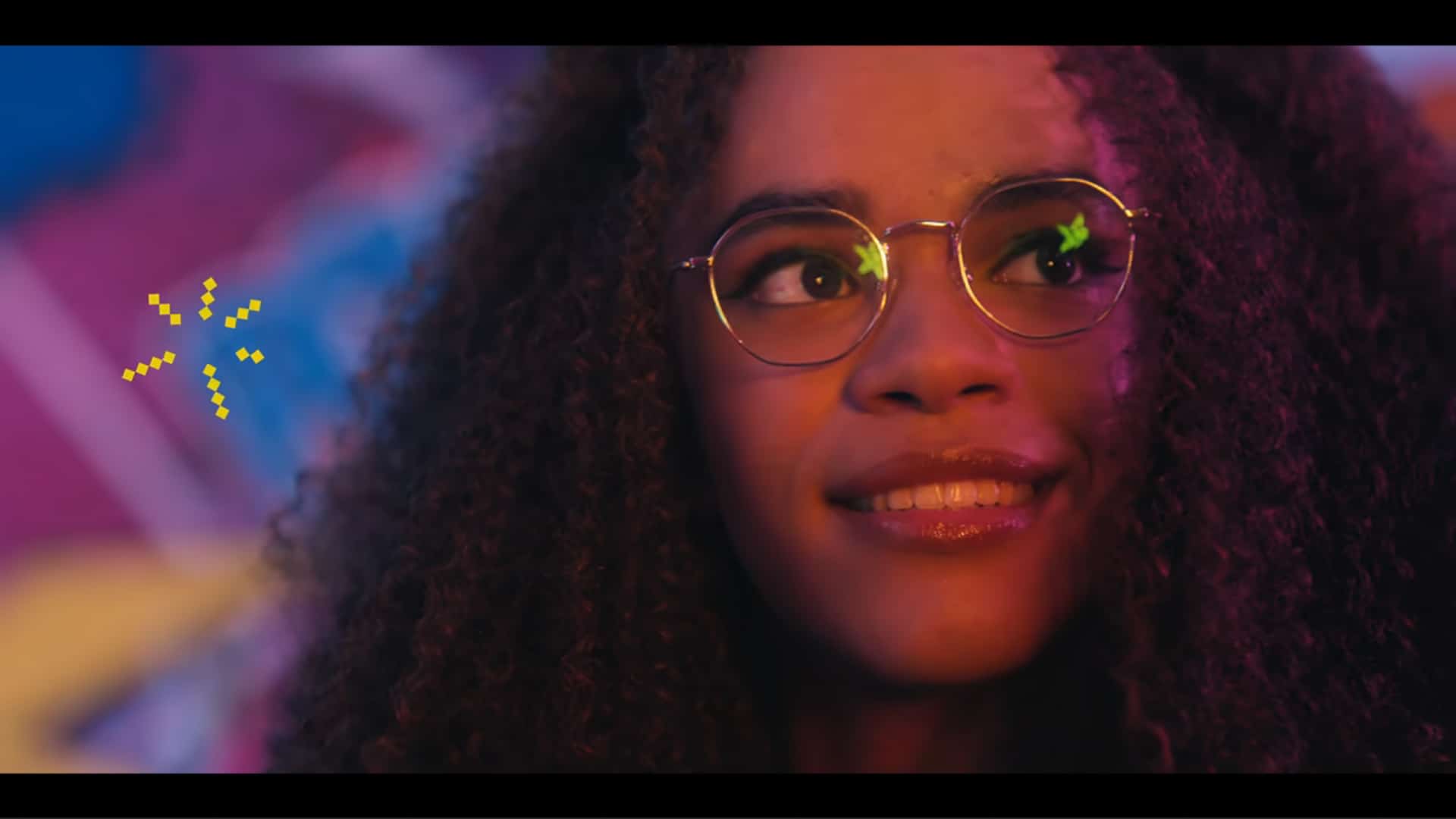Heartstopper is now out on Netflix! With the release of the new Netflix series comes a wave of loyal fans and press. Heartstopper was first released as a graphic novel in 2018, before which it was a webtoon. It follows the story of Charlie Spring and Nick Nelson, who throughout the series fall in love. Both the comic and the Tv show have a loyal fanbase, and for good reason. The series, while sweet and primarily a slice of life is captivating in a way that can only be a testament to Alice Ossman’s excellent writing. The tension built at the beginning of the series perfectly leads to the climactic moment of Nick’s confession to Charlie. The story beats thereafter are organic and well-planned, the visuals and climactic perfectly sync, and the characters are lovable and relatable. And well, it’s just so damn cute. Heartstopper is a simple and down-to-earth story about two queer teenagers falling in love, and its presence in media creates a new queer cultural staple.

In terms of queer culture, Heartstopper is an extremely influential piece of queer media. At its roots, it is a celebration of queer experiences, which is especially important when much of queer media is dominated by queer instances. A queer instance is a palatable way that we usually see queerness depicted in media. Think of what we idealize as ‘coming out’. We think of it as one singular event, where you say that you’re queer once and everything falls around that one single declaration; where in reality, queer people come out at every age in their life, and they do so many times to many different people. As a queer person, you never really stop coming out. Like in the show, Nick first comes out to his friends one by one, before eventually coming out to his mother and then to his school. Every time we as queer people make a new friend, move houses, or change jobs, the process of coming out starts over again as an inherent part of being a queer person. Heartstopper encompasses this perfectly, where many characters go through this same experience. Not only is it a celebration of queer experiences, but it also addresses the importance of queer optimism for both the queer community but also in media as a whole.

In both the show and the comic, we are first introduced to the character of Charlie spring, an anxious 15-year-old attending Truham School for Boys. We learn that before the start to the start of the series, Charlie was outed as gay to his classmates and was mercilessly bullied. Now, at the start of the new semester, things have gotten a little better with Charlie. He is assigned seats next to Nick Nelson, a popular rugby player and (presumably) straight boy. The two slowly become close friends, with Charlie even joining the school rugby team. Nick starts to develop a crush a Charlie and realizes that he is bisexual. And, well, you can guess the rest from there.

Aside from the two main characters, the series has a host of queer and diverse supporting characters. Elle Argent, who in the show is played by trans actor Yasmin Finney, is an Egyptian trans girl who used to go to the same school as Charlie before transferring to Higgs School for Girls. Her two classmates, Tara and Darcy, are a lesbian couple and some of the first people Nick comes out to in the series. Alice Ossman herself is asexual and aromantic, and her perception of romance permeates the story, often reflected in the way she writes the relationship between our main pair to be wholesome and innocent, and also wholly supportive and healthy. That’s right folks, no codependent romantic cliche to be found here!

The representation of the queer experience in Heartstopper is overwhelmingly positive and the good it will do for queer youth is profound. Media in our modern age provides a framework from which we build our identity. It can inform our values, our interests, and even our sexualities. Representation also subverts the cis-hetero norm, that is to say, it makes people more aware of our differences. Seeing ourselves onscreen is hugely beneficial to promoting our sense of self-worth and acceptance. Seeing people that look like or have things in common with us that accept themselves or have other people accept them helps us to feel good about ourselves.

The rights to the show were originally bought in 2019, but with COVID-19, production was stalled until last year. Now, Heartstopper is out on Netflix with one season and is one of the most popular queer shows on the platform. A show like this could not have come at a better time. All throughout the US and the UK, anti-queer legislation is being passed. From banning trans kids in sports to Florida’s “don’t say gay” bill, anti-queer legislation is on the rise. The queer community is losing ground because of the platforming and increasing popularity of bigotry in mainstream media.

At its core, Heartstopper is a show about queer people living normal, even mundane lives. The story is heartwarming and centers around queer optimism. This is the idea that queer people can live normal, fulfilling, and happy lives. Showing queer people living happy and wholesome lives, it inadvertently fights back against the bigotry of conservative policy. Queer teachers aren’t ‘grooming’ kids; they’re people looking for love just like us. Trans kids aren’t ‘stealing opportunities’ from cis kids; they’re simply trying to survive in a world which villainizes their existence. The image presented in Heartstopper, one of happy and accepted queer kids and adults, is one that is more powerful than we could even imagine.
We have to do it because we can no longer stay invisible. We have to be visible. We should not be ashamed of who we are.
-Sylvia Rivera
Where you can read it for free!: <3
All image sources: <3
Featured image source: <3
